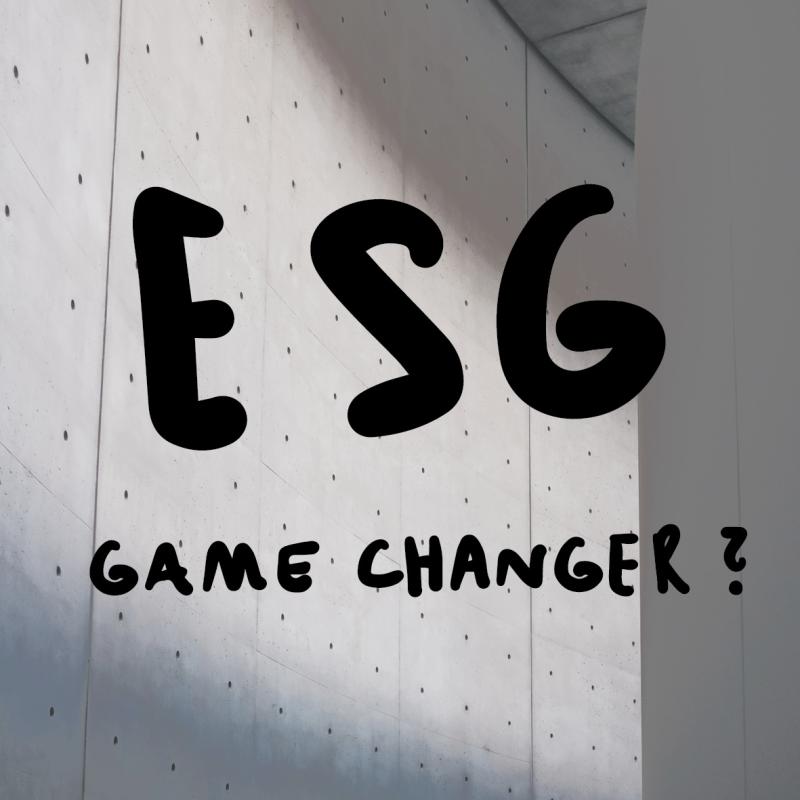Related Content

News
Amidst the urban landscapes we inhabit, unfinished reinforced concrete skeletons leave a depressing legacy of crisis. We are increasingly confronted with visible symptoms: abandoned construction projects that not only deface the cityscape and highlight the losses of investors, but also represent a tragedy from an ecological and socio-cultural perspective.
The problem runs deep. These relics of the construction industry are not only evidence of financial failure, but also symbols of squandered resources. It is a dilemma that reveals a glaring lack of sustainability. Materials have been consumed, financial resources have been used up, and yet these buildings remain unfinished. A senseless cycle that has not only ecological but also economic consequences.
Taking Responsibility
On the other hand, there is an urgent need for housing. A paradoxical scenario that demands an urgent solution. This is where architects' mandate and responsibility come into play. It is time to anchor responsible and ecological thinking in architecture, taking into account socio-cultural aspects and sustainable development.
Reviving Office Corpses
The crisis, it is said, also presents opportunities – the chance for innovative solutions. One such solution lies in the concept of upcycling abandoned structures. Instead of letting these office corpses continue to deteriorate, they could be brought back to life. The empty grids consisting of columns and ceilings could be filled with sustainable wooden modules. Prefabricated, easy to assemble and cost-effective.
The conversion of existing structures holds enormous potential. Not only to reduce costs, but also to increase value. Brownfields could be revitalized and transformed into vibrant centers of life. It is time to convert these office corpses into new residential projects - without bureaucratic hurdles and financial barriers.
What we need now are impulses for innovation and sustainability. Creative solutions that drive the development of new technologies and promote a modular construction approach that is sustainable in a holistic way. It is only through such collective effort that we can overcome the crisis and build the cities of tomorrow on a foundation of sustainability and innovation.